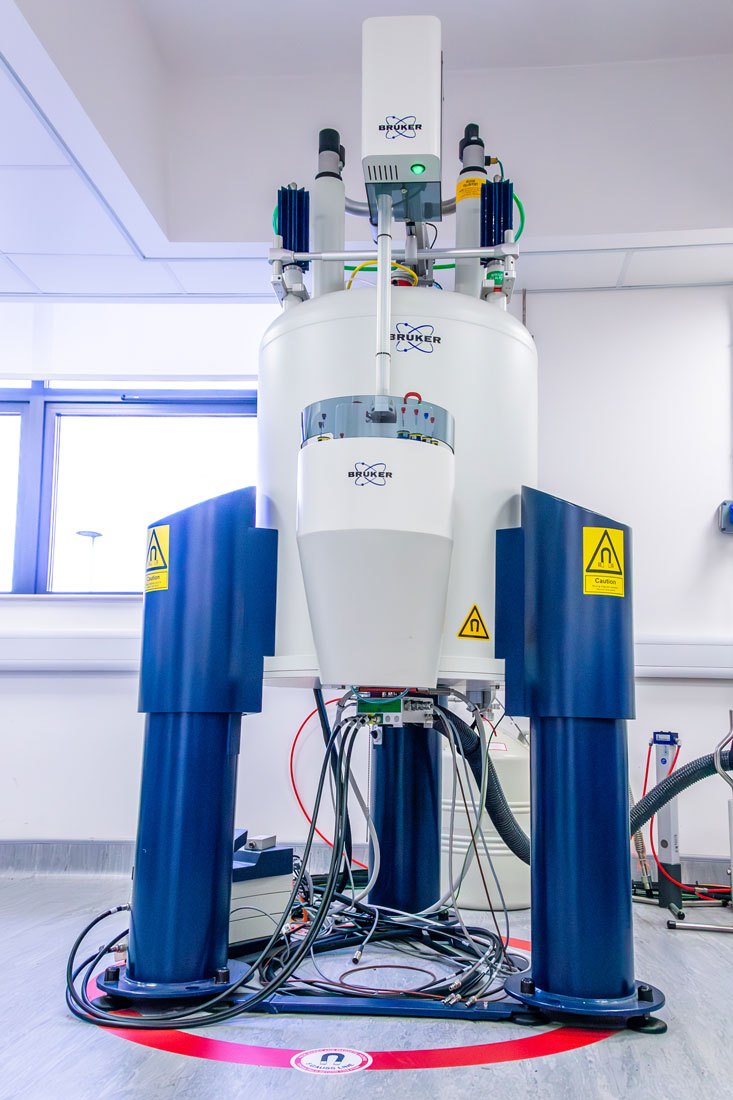Micronclean
Micronclean are a leading global supplier of clean room equipment and garments based in Lincolnshire, UK. Due to the challenging and highly-regulated environments Micronclean’s products are required to operate in, product quality and process control are paramount to Micronclean.
Download Exemplar Study
Identification of Unknown Liquid Using Nuclear Magnetic Resonance Spectroscopy
Micronclean are a leading global supplier of clean room equipment and garments based in Lincolnshire, UK. Due to the challenging and highly-regulated environments Micronclean’s products are required to operate in, product quality and process control are paramount to Micronclean.
During a washing process carried out by Micronclean, a residue was detected which Micronclean were keen to identify to understand origin and any potential implications.
Since this project required identification of organic molecules, Nuclear Magnetic Resonance (NMR) spectroscopic analysis was deployed. This approach enabled rapid analysis of the sample with subsequent data analysis performed by an NMR specialist within the Bridge to identify the spectroscopic signature present. The concentration and nature of any potential contaminants could also be determined in tandem.
NMR spectroscopy is an analytical technique in which a wide range of chemicals can be studied and is particularly well-suited to organic compounds. The technique works by exposing chemicals to a powerful magnetic field, causing certain atomic nuclei to spin. Careful analysis of the speeds at which the nuclei spin can elucidate both specific chemicals and broad groups of chemical compounds (e.g., sugars, aromatic hydrocarbons etc.) present in the sample.
NMR analysis on the sample revealed the identity of unknown residue compound, along with an indication of its molecular weight. In addition, an accurate determination of the concentration in the sample was performed. The analysis also provided further insight into the composition of the sample by identifying other classes of chemical compounds such as aromatic and saturated and unsaturated aliphatic compounds.